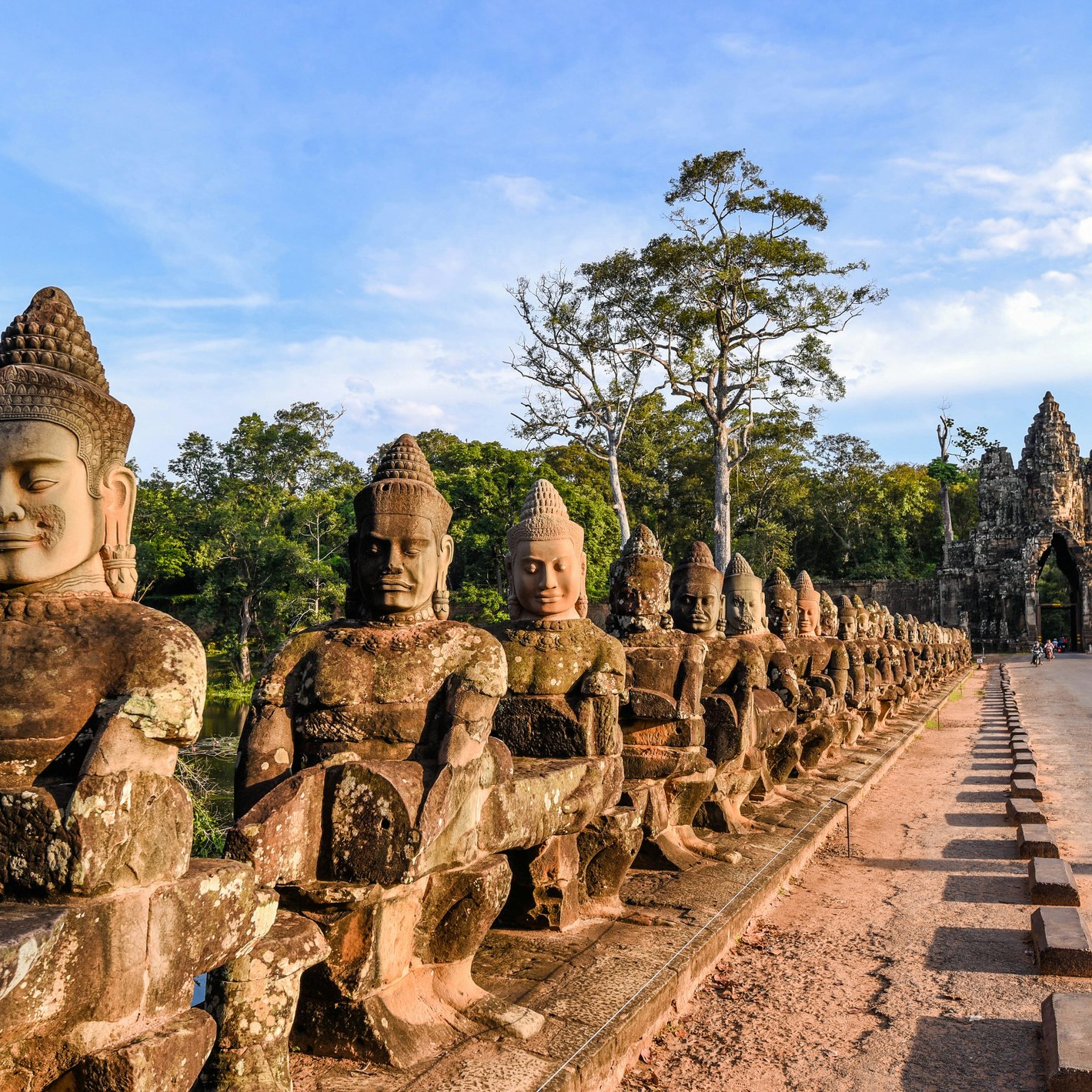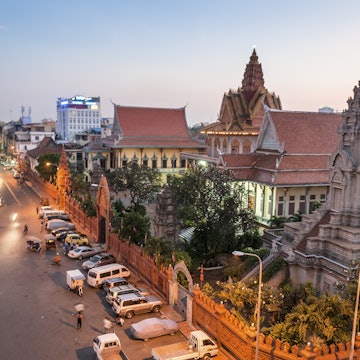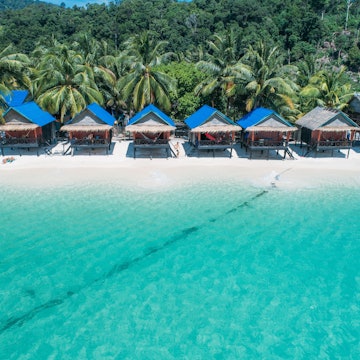

Getty Images/iStockphoto
Overview
There's a magic about this charming yet confounding kingdom that casts a spell on visitors. An adventure to Cambodia will inspire travelers to contemplate what happens when ancient and modern worlds collide.
Must-see attractions
Planning Tools
Expert guidance to help you plan your trip
Best Things to Do
Cambodia's adventures include exploring Angkor Wat and cooking lessons in Phnom Penh, plus much more. Here, the 10 best experiences for Cambodia travel.
Read full article
Best Places to Visit
Visit these 10 places to tap into the richly diverse and beautiful nation of Cambodia.
Read full article
Best Time to Visit
Cambodia's seasons go from hot to hotter to hottest. Find out which months are better for your trip with this guide to rainfall, temperatures and events.
Read full article
Things to Know
Prepare to visit Cambodia with top travel tips on what to pack, local customs and health and safety.
Read full article
Transportation
Compact Cambodia is surprisingly easy to get around – if you pick the best method for the route you are traveling.
Read full article
Visa Requirements
Get the ins and outs of entering and exiting Cambodia, with the lowdown on fees, getting a visa on arrival, e-visas and land borders.
Read full article
Money and Costs
Cambodia is already a reasonably priced destination, and with just a few tweaks, you can stretch your budget even further.
Read full article
Best Road Trips
The best way to take in the magic of Cambodia might be on two wheels. Here is our guide to the top motorcycle itineraries in this Southeast Asian country.
Read full article
Get Connected
Want to use your phone in Cambodia? Use this guide to get connected.
Read full article



















